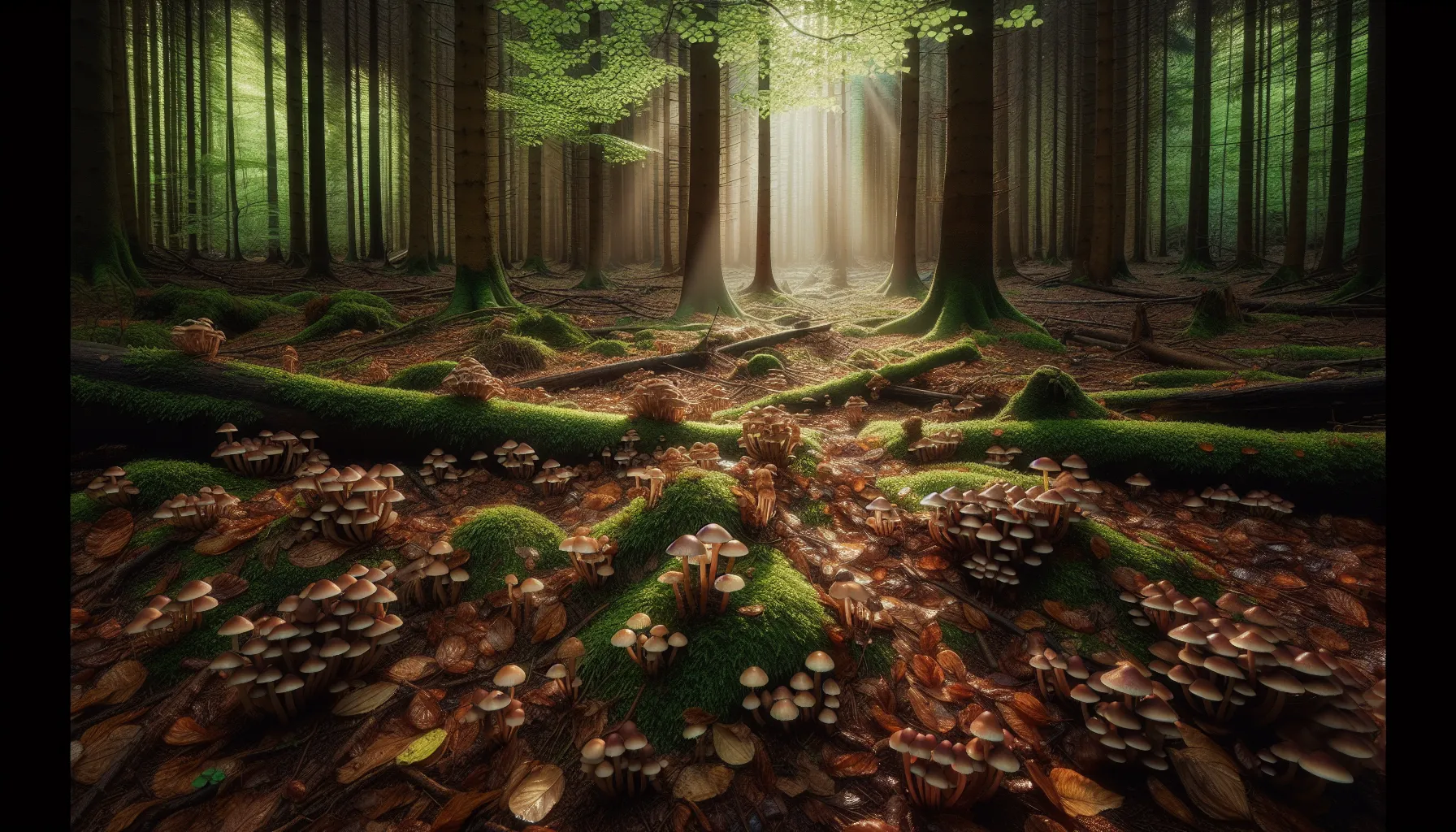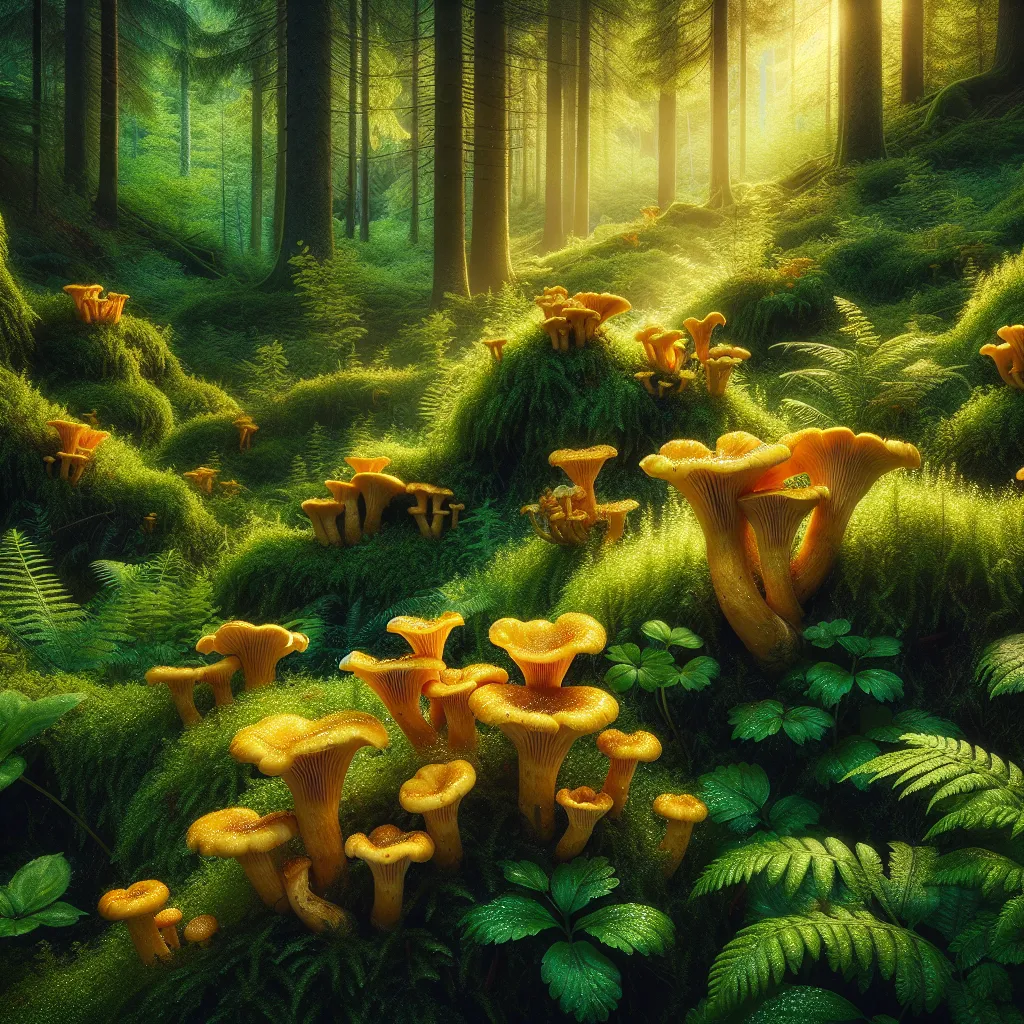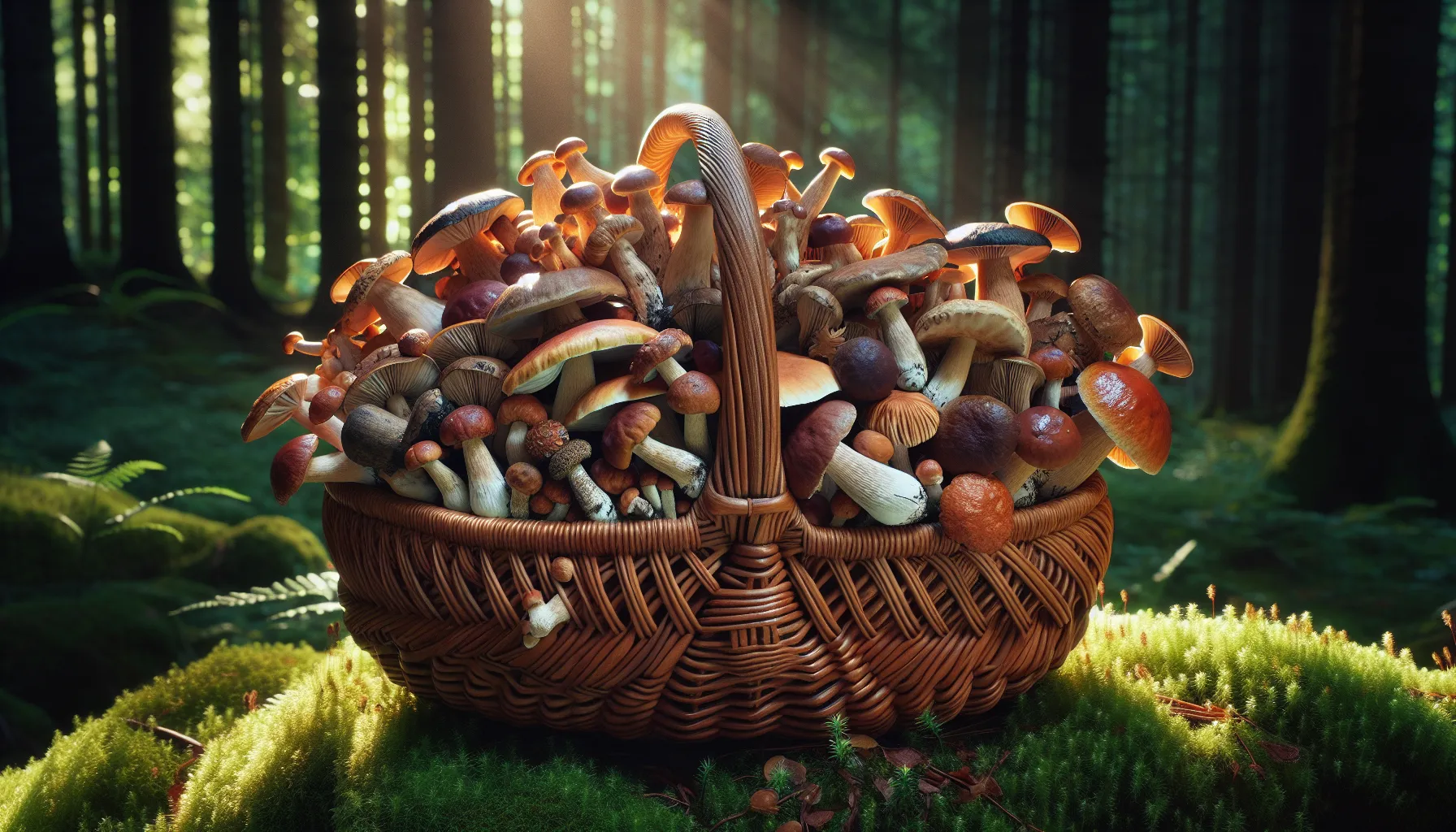The Fascinating World of Fungi: A Beginner’s Guide to Mushroom Foraging
Foraging for mushrooms is a delightful activity that combines outdoor adventure with the thrill of a treasure hunt. With their vast array of shapes, sizes, and colors, fungi form a mysterious and enchanting kingdom all their own. This beginner’s guide will help you step into the fascinating world of fungi, providing tips on how to forage safely, ethically, and with a sense of wonder.
Understanding Mushrooms
Fungi are a unique and biologically diverse group of organisms. They are neither plants nor animals and belong to their own kingdom. Mushrooms, the fruiting bodies of fungi, play a crucial role in the ecosystem. They decompose organic matter, recycle nutrients, and form symbiotic relationships with plants.
The Basics of Mushroom Identification
Identifying mushrooms is a skill that requires patience and practice. There are several key features to examine:
- Cap Shape: Mushrooms come in various cap shapes such as convex, flat, conical, or bell-shaped.
- Gills: Located beneath the cap, gill patterns can be a vital identification marker. Note their attachment to the stem and spacing.
- Stem (Stipe): The stem can provide clues about the mushroom—some have a ring, others are bulbous at the base, and some may even be hollow.
- Spore Print: The color of a mushroom’s spore print is a critical identification characteristic. By placing the cap on a piece of paper, you can collect the spores and observe their color.
Foraging Ethics and Safety
Before you embark on your mushroom foraging journey, safety should be your top priority. Here are some guidelines:
- Never Eat a Wild Mushroom Without Certainty: Misidentifying mushrooms can be fatal. If in doubt, throw it out.
- Forage with an Expert: Joining a local mycological society or foraging group can provide invaluable knowledge.
- Use Reliable Resources: Invest in a good field guide or use trusted online resources to aid identification.
- Respect Nature: Harvest sustainably by taking only what you need and being mindful of the environment.

Starting Your Foraging Adventure
Locating mushroom foraging spots can be as simple as visiting a nearby forest or woodland. However, it’s important to gain permission if you’re entering private land. Public lands often allow foraging, but check local regulations as some areas may be protected or have limits on foraging activities.
Choosing the Right Time and Place
The best time for mushroom foraging is during the damp days of late summer to early fall. This is when many species of mushrooms are most active. Look for areas rich in organic matter, such as:
- Decaying logs
- Woodland paths
- Mossy areas
- Near trees with which mushrooms have symbiotic relationships (like oaks and pines)
Tools of the Trade
A few basic tools can make your foraging trip more productive:
- Basket or Mesh Bag: Allows spores to disperse as you walk, promoting the growth of new mushrooms.
- Sharp Knife: Used to cut the mushroom at the base to avoid disturbing the mycelium.
- Field Guide or Smartphone App: Helps with on-the-spot identification.
- Compass or GPS Device: Essential for navigation in the wilderness.
Popular Edible Mushrooms for Beginners
As a beginner, it’s best to start with mushrooms that are easily identifiable and have no poisonous look-alikes. Some popular edible mushrooms include:
- Morels (Morchella spp.): Distinctive honeycomb appearance makes them easy to identify.
- Chanterelles (Cantharellus spp.): Known for their bright yellow color and vase-like shape.
- Oyster Mushrooms (Pleurotus ostreatus): Found on dead or dying hardwood trees, these mushrooms have a characteristic shelf-like appearance.

Enhancing Your Knowledge
To deepen your understanding of mushrooms, consider these resources:
- Mushroom Observer: An online database where foragers share observations and identification tips. Mushroom Observer
- North American Mycological Association (NAMA): Offers educational resources and organizes forays. NAMA
- Radical Mycology: A grassroots movement that provides knowledge on the more profound implications of fungi. Radical Mycology
Foraging as a Sustainable Practice
Remember that foraging should be done sustainably:
- Take Only What You Need: Overharvesting can lead to a decline in mushroom populations.
- Be Mindful of Protected Species: Some mushrooms are rare or endangered. Learn to recognize and protect them.
- Leave No Trace: Minimize your impact on the environment by staying on trails and packing out all trash.
Conclusion
Mushroom foraging opens up a world of natural wonder, culinary delights, and ecological appreciation. By foraging responsibly, you contribute to the sustainability of this rewarding practice. As you learn to identify and appreciate the subtleties of fungi, you’ll discover a whole new dimension to the great outdoors. Remember to respect the environment, never consume anything you’re uncertain of, and continually seek knowledge to improve your foraging skills. With a basket in hand and eyes tuned to the forest floor, you’re ready to explore the captivating world of fungi.

